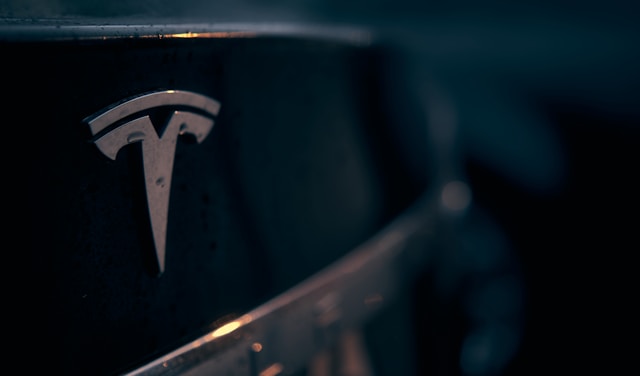Amgen Stock Outlook: Bearish Earnings Forecast Could Present Long-Term Value Opportunity
$$296.32
Amgen Stock Outlook: Bearish Earnings Forecast Could Present Long-Term Value Opportunity
04 Nov 2025, 13:11

Unsplash.com

The Trump transition team has suggested eliminating a federal crash-reporting regulation that Tesla has opposed, a move that could hinder the government’s ability to monitor and regulate automated-driving system safety, according to a Reuters report. This proposal aligns with Tesla’s criticism of the rule, which it considers an example of "excessive" data collection.
The proposed elimination of the crash-reporting requirement is significant for Tesla, which has filed the majority of such reports—more than 1,500—since the rule was introduced in 2021. The data from these reports has triggered multiple federal investigations into Tesla’s driver-assistance technologies, including its "Autopilot" and "Full Self-Driving" systems.
The rule mandates that automakers report crashes to the National Highway Traffic Safety Administration (NHTSA) if autonomous systems or driver-assistance technologies were active within 30 seconds of the collision. Tesla CEO Elon Musk, a vocal critic of the regulation, donated over $250 million to support Donald Trump’s 2016 presidential campaign. Musk has previously advocated for regulatory simplifications in the autonomous vehicle industry.
The NHTSA has defended the crash-reporting rule, emphasizing its role in identifying safety risks and improving vehicle technology oversight. Since its implementation, the agency has reviewed over 2,700 crash reports, leading to several investigations and recalls affecting Tesla and other automakers.
However, the Alliance for Automotive Innovation, a group representing most major automakers excluding Tesla, has described the regulation as overly burdensome. Meanwhile, Tesla has argued that the rule paints an unfair picture of its safety record, as its rigorous data collection practices lead to a higher number of reported incidents compared to competitors.
According to Reuters, Tesla vehicles accounted for 40 of 45 fatal crashes reported to the NHTSA by mid-October 2023. These include:
These incidents have intensified scrutiny of Tesla’s technologies. The NHTSA, alongside lawsuits and a Department of Justice probe, is investigating whether Tesla overstated the capabilities of its driver-assistance systems.
Experts, like Bryant Walker Smith from the University of South Carolina, suggest Tesla’s large-scale deployment of autonomous technologies and comprehensive data collection contribute to its higher number of crash reports. Smith noted that these technologies may expose vehicles to scenarios beyond their operational limits, increasing the likelihood of incidents.
The transition team’s proposal not only recommends repealing the crash-reporting rule but also suggests deregulating the autonomous vehicle sector to spur innovation and reduce federal oversight. During an October earnings call, Musk pushed for a unified federal approval system for autonomous vehicles, criticizing the complexity of existing state-by-state regulations.
If implemented, these changes could reshape the autonomous-driving landscape by reducing oversight and streamlining the regulatory framework. However, former NHTSA employees warn that eliminating the crash-reporting rule would make it harder to identify safety risks, potentially endangering consumers.
(Sources: investing.com, reuters.com)